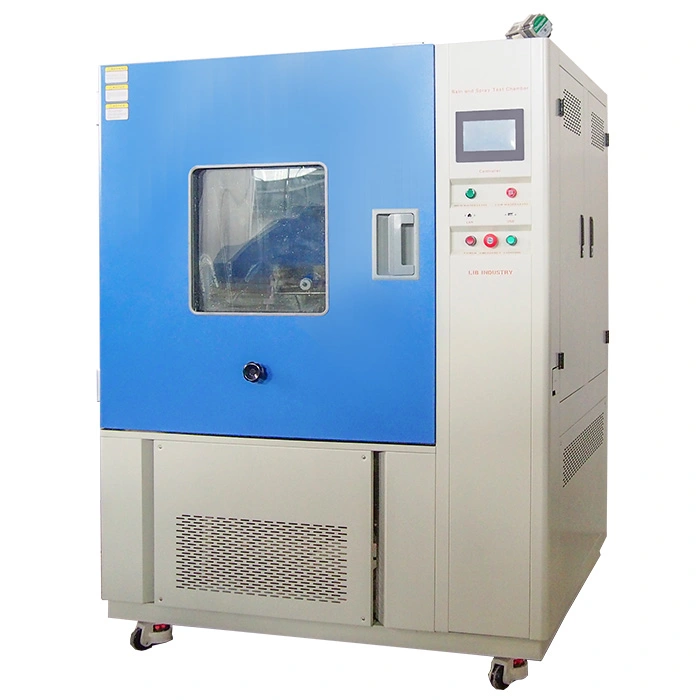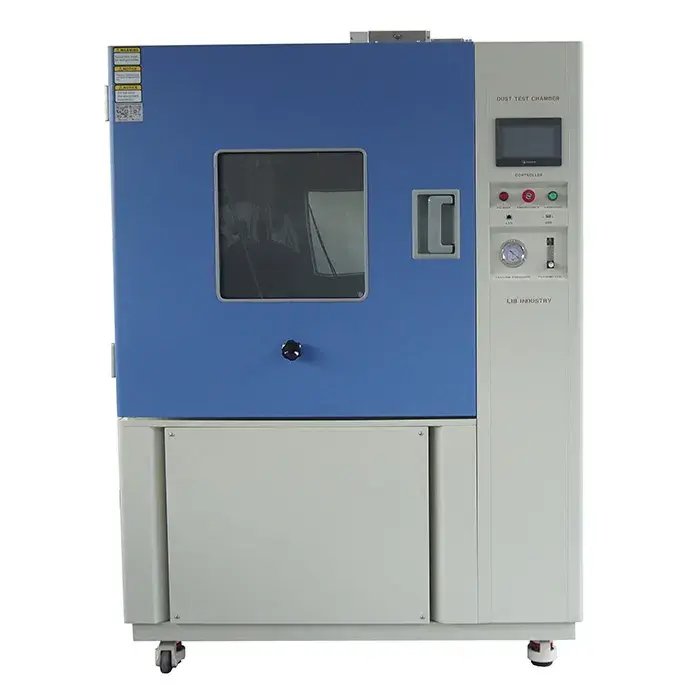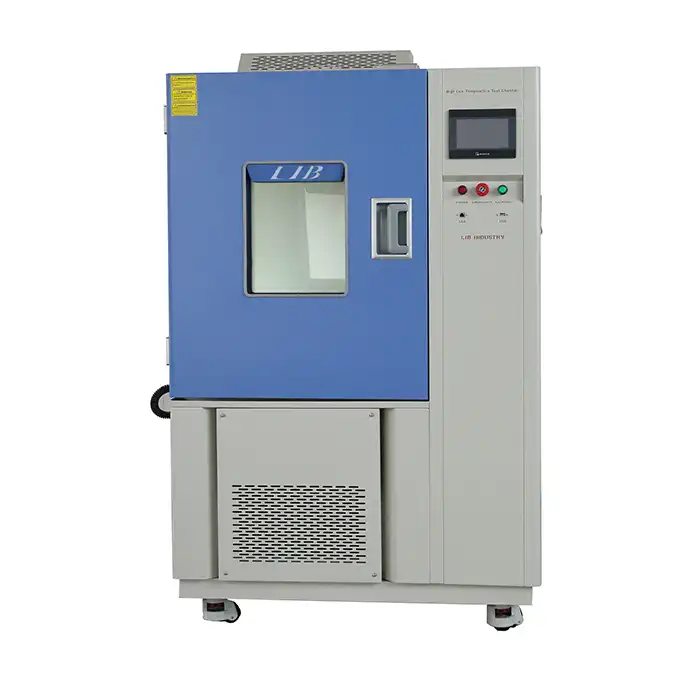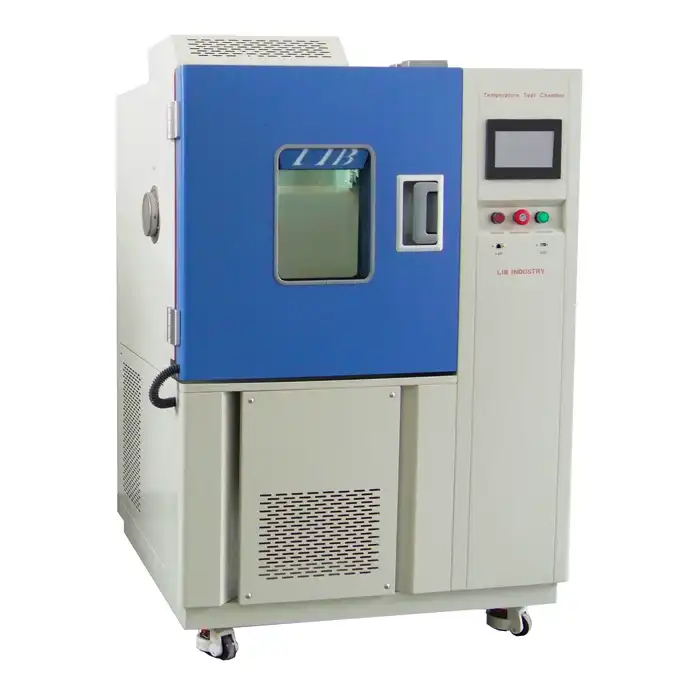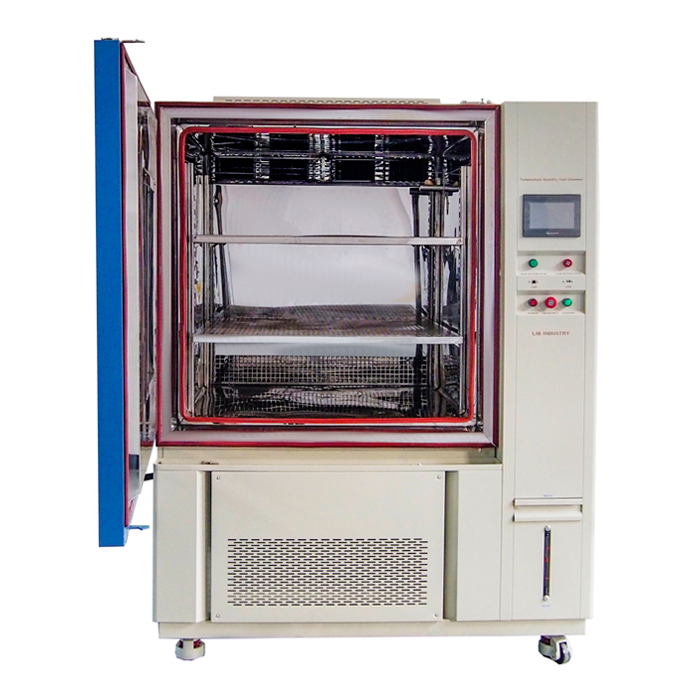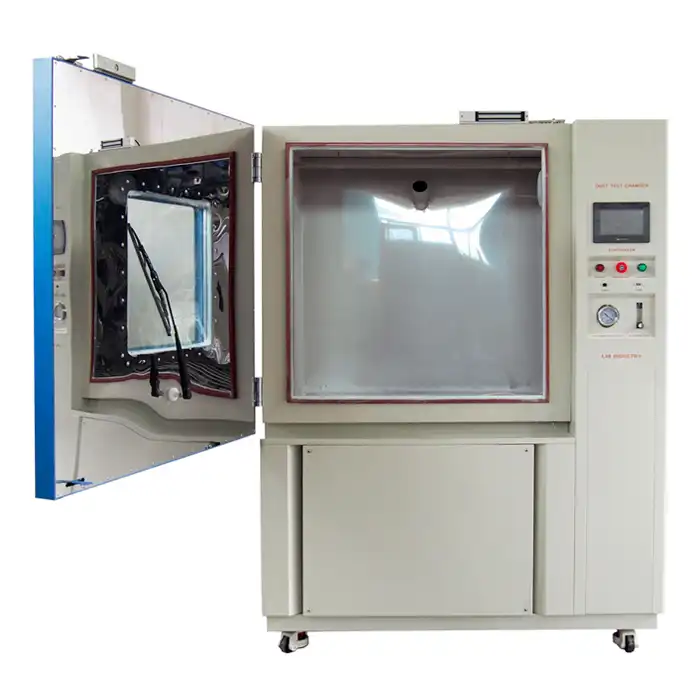Data-Driven Durability: The Sunshine Weatherometer's Advanced Monitoring Capabilities
In today's competitive market, manufacturers need reliable tools to assess material durability under various environmental conditions. The sunshine weatherometer is one such tool, offering advanced monitoring capabilities that drive data-backed decisions for product longevity.
Beyond the Visual: Quantifying Material Degradation with Precise Measurements
Durability testing goes beyond what the naked eye can observe. The sunshine weatherometer provides precise, quantified measurements of material degradation, offering valuable insights that are not immediately visible. By exposing materials to simulated solar radiation, temperature, and humidity, this device meticulously tracks how products respond to these environmental stressors. Unlike traditional testing methods, which may rely on subjective visual assessments, the sunshine weatherometer employs sensors and scientific instruments to measure changes in tensile strength, elasticity, and surface integrity.
For example, in the automotive industry, manufacturers use the sunshine weatherometer to assess the durability of paints, plastics, and rubber components. By measuring UV-induced degradation with pinpoint accuracy, they can make data-driven decisions about material formulations, ensuring long-term performance in different climates. This kind of testing is crucial for identifying the onset of deterioration, allowing manufacturers to preemptively address potential issues before they affect product quality.
Real-Time Insights: How the Sunshine Weatherometer Tracks Material Changes Over Time
One of the most valuable features of the sunshine weatherometer is its ability to provide real-time monitoring of material changes. As environmental conditions vary, materials undergo gradual shifts, whether in color, texture, or structural integrity. The weatherometer’s sensors continuously capture these changes, feeding data into advanced software that visualizes the material's response to simulated weathering over time.
For instance, in the construction industry, companies rely on real-time insights from the sunshine weatherometer to monitor the performance of building materials, such as exterior paints and coatings, which are exposed to prolonged sunlight, rain, and wind. This data is vital for predicting the longevity of these materials, enabling manufacturers to refine their products based on real-world conditions. Real-time tracking also supports accelerated testing, allowing companies to simulate years of environmental impact in weeks, saving both time and resources.
Unveiling Hidden Trends: Analyzing Data to Predict Long-Term Performance
Data is only as valuable as the insights it reveals, and the sunshine weatherometer excels at uncovering hidden trends that predict long-term material performance. By analyzing patterns in degradation data over time, manufacturers can identify specific points at which materials begin to fail or lose their effectiveness. These trends are crucial for estimating product lifespan and improving product designs to enhance durability.
Consider the electronics industry, where manufacturers need to ensure that plastic enclosures and coatings can withstand years of UV exposure without cracking or becoming brittle. By using data from the sunshine weatherometer, engineers can predict when and how these materials will degrade, allowing them to improve formulations or select alternative materials. This predictive capability not only ensures product quality but also reduces the risk of warranty claims and recalls due to premature failure.
From Color Shift to Cracking: The Range of Parameters Monitored by the Weatherometer
The sunshine weatherometer goes beyond simple UV exposure testing. It monitors a wide range of parameters that contribute to material degradation. These include color changes, gloss retention, surface cracking, tensile strength reduction, and more. By capturing this data, manufacturers gain a comprehensive understanding of how their products will perform in real-world environments.
For example, in the textile industry, companies use the sunshine weatherometer to test fabric dyes for colorfastness under prolonged sunlight exposure. By measuring the rate at which colors fade, manufacturers can adjust dye compositions or add UV inhibitors to extend the lifespan of their products. Similarly, in the plastics industry, the weatherometer tracks surface cracking and crazing, which can compromise the integrity of plastic components used in outdoor applications.
Data Visualization: Making Complex Information Accessible and Actionable
Interpreting the vast amount of data generated by the sunshine weatherometer can be daunting, but advanced data visualization tools make it easier to understand and act upon. These tools translate complex data sets into clear and actionable insights, helping manufacturers make informed decisions about material choices, product improvements, and even marketing claims related to durability.
For example, data visualization software can create graphs that show the rate of color fading or the progression of cracking over time, making it easy for engineers and product designers to evaluate material performance. In addition, the integration of AI and machine learning capabilities allows for automated analysis, identifying patterns and correlations that might not be immediately apparent. This streamlining of data interpretation empowers manufacturers to optimize product development cycles, reduce costs, and gain a competitive edge in their respective industries.
At LIB Industry, we offer turnkey environmental testing solutions, including the latest sunshine weatherometer technology, to help you ensure your materials can withstand the harshest conditions. Contact us today at ellen@lib-industry.com to learn more about how we can support your testing needs.
References
1. ASTM International. "Standard Practice for Operating Xenon Arc Light Apparatus for Exposure of Non-Metallic Materials."
2. ISO 4892-2. "Plastics - Methods of Exposure to Laboratory Light Sources - Part 2: Xenon-Arc Lamps."
3. G. Wypych, "Weathering of Plastics: Testing to Mirror Real-Life Performance."
4. S. Allen et al., "Accelerated Weathering Testing of Materials: Methods and Limitations in Predicting Long-Term Durability."




